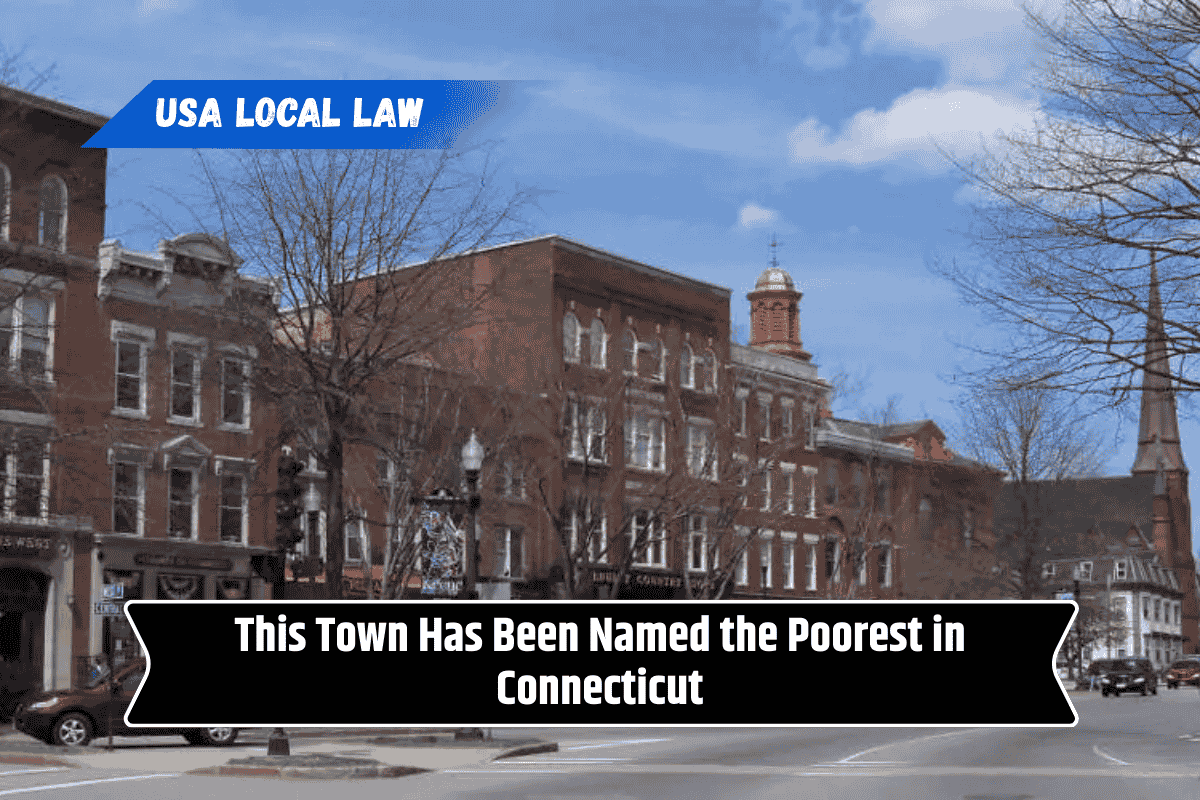Connecticut is known for its wealthy suburbs and high quality of life, but not every corner of the state shares the same level of prosperity. Despite being one of the richest states in the U.S. on average, certain towns face ongoing challenges related to poverty, unemployment, and lack of opportunity.
In recent reports based on income and poverty data, Hartford, the capital city, has consistently ranked as the poorest town in Connecticut. Here’s a closer look at why—and what it means for the people who live there.
Why Hartford Is Considered the Poorest Town in Connecticut
When people think of poor towns, they often picture rural areas with limited resources. But in Connecticut, it’s actually a major city—Hartford—that holds this title. The ranking is based on several economic factors, including:
Median household income
Poverty rate
Unemployment rate
Access to affordable housing and healthcare
Hartford’s median household income is around $39,000, much lower than the state average of nearly $90,000. Nearly 30% of residents live below the poverty line, which is more than double the national average.
Key Economic Challenges Facing Hartford
Hartford’s economic struggles come from a mix of historical, social, and economic issues:
Job loss in manufacturing: Once a hub for factories and insurance companies, many high-paying jobs have left the city.
High cost of living vs. low income: Rent and basic living expenses are still high, making it hard for low-income families to get by.
Education and job access: Low graduation rates and fewer job opportunities make it harder for residents to improve their financial situation.
How Hartford Compares to Other Towns
Here’s how Hartford stacks up against a few other low-income towns in Connecticut:
| Town/City | Median Household Income | Poverty Rate |
|---|---|---|
| Hartford | $39,000 | 30% |
| New Britain | $51,000 | 22% |
| Bridgeport | $51,500 | 20% |
| Waterbury | $48,000 | 24% |
| State Average | $90,000 | 10% |
Impact on the Community
Living in an economically struggling town like Hartford means that many families face:
Food insecurity
Limited access to quality healthcare
Underfunded public schools
Increased crime rates in some areas
Despite these challenges, Hartford also has a strong sense of community, local pride, and ongoing efforts from nonprofits and city programs working to bring change.
What Is Being Done to Help?
Several efforts are underway to improve economic conditions in Hartford:
Community development programs focused on education, training, and job creation
Affordable housing initiatives to help low-income families
Small business grants to support local entrepreneurs
Youth programs and after-school support to improve education outcomes
Both public and private partnerships are playing a role in rebuilding the city and providing residents with better opportunities.
A City of Resilience
Although Hartford carries the label of Connecticut’s poorest city, it’s also a place of culture, history, and resilience. From the Mark Twain House to a growing art scene, Hartford still offers many reasons for pride.
With the right support, investment, and local involvement, there is real hope that the city’s economic situation can improve in the years to come.
Being named the poorest town in Connecticut may sound harsh, but it reflects real struggles faced by many families in Hartford.
At the same time, it highlights the need for greater investment, better job opportunities, and long-term solutions. Hartford’s story is one of challenges—but also one of strength, community, and the drive to build a better future.
